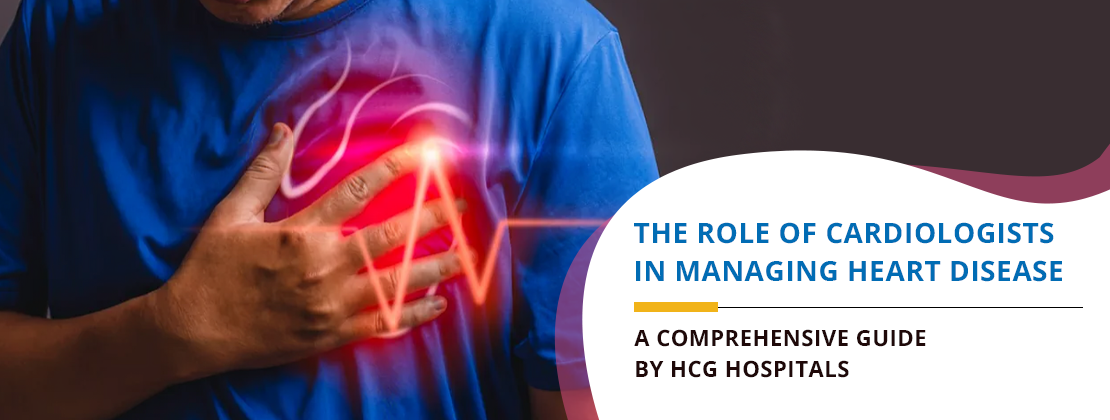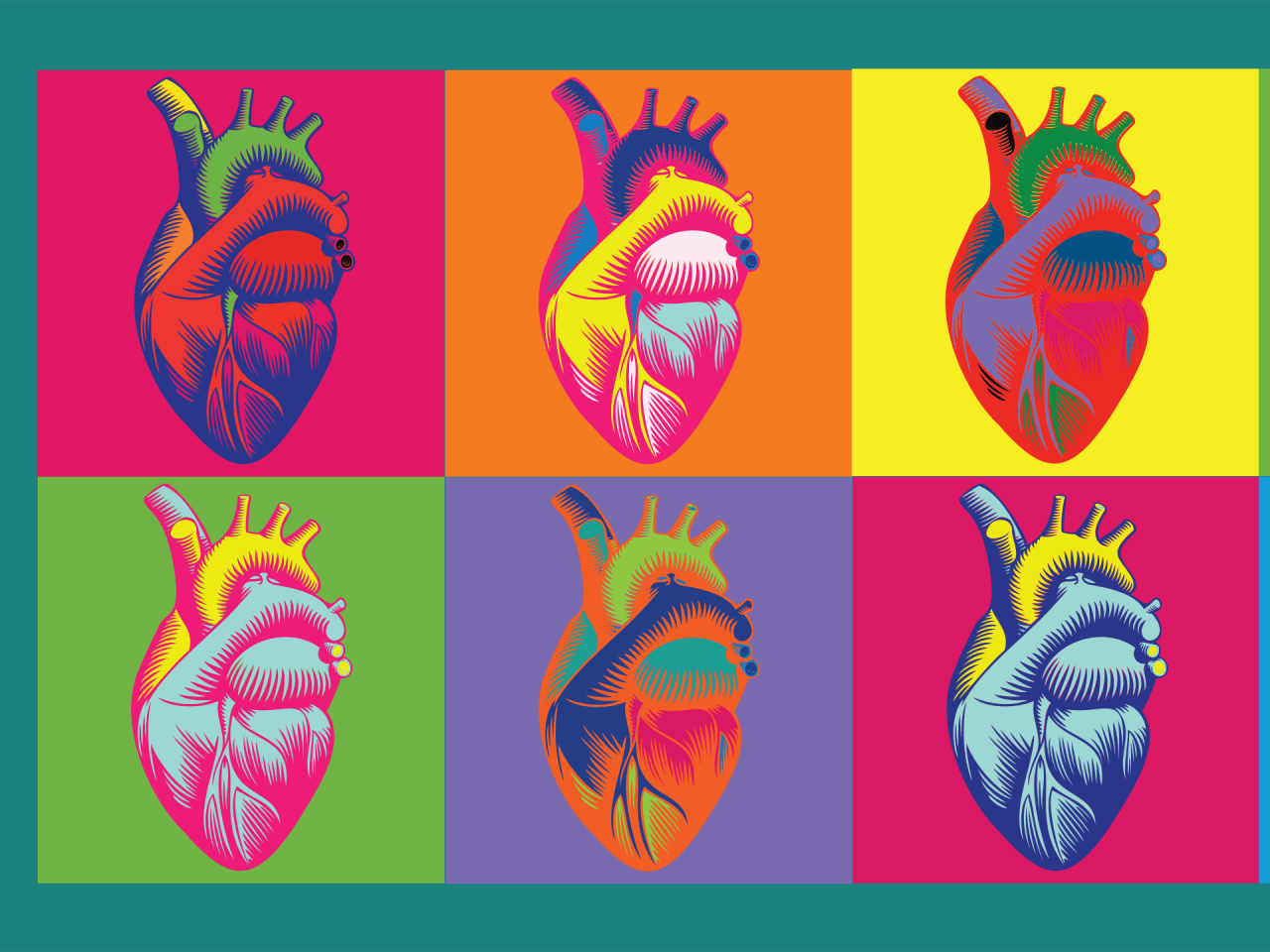The Single Strategy To Use For Arogyajivan Medical Tourism For Oncology
The Single Strategy To Use For Arogyajivan Medical Tourism For Oncology
Blog Article
The Best Guide To Arogyajivan Medical Tourism For Oncology
Table of ContentsEverything about Arogyajivan Medical Tourism For OncologyHow Arogyajivan Medical Tourism For Oncology can Save You Time, Stress, and Money.Not known Facts About Arogyajivan Medical Tourism For OncologyThe smart Trick of Arogyajivan Medical Tourism For Oncology That Nobody is DiscussingFacts About Arogyajivan Medical Tourism For Oncology RevealedThe Buzz on Arogyajivan Medical Tourism For Oncology
With its emphasis on minimally intrusive strategies, progressed imaging, and personalised medication, interventional cardiology is transforming the means we approach heart health. At Atrius Cardiac Care, we are dedicated to providing our people with the finest quality of care, making sure that they receive the very best feasible end results on their path to heart health.Heart disease (CVDs) are the leading cause of death internationally. An approximated 17.9 million people died from CVDs in 2019, standing for 32% of all international fatalities (ArogyaJivan Medical Tourism for Oncology). Of these deaths, 85% were due to cardiovascular disease and stroke. Over three quarters of CVD fatalities happen in reduced- and middle-income nations.
The most typical reason for this is a build-up of fatty deposits on the inner wall surfaces of the blood vessels that supply the heart or mind. Strokes can be brought on by hemorrhaging from a blood vessel in the mind or from embolism. One of the most important behavioural risk aspects of heart problem and stroke are harmful diet plan, physical inactivity, tobacco usage and unsafe use alcohol.
Some Known Facts About Arogyajivan Medical Tourism For Oncology.
Furthermore the person might experience problem in breathing or shortness of breath; queasiness or vomiting; light-headedness or fatigue; a cool sweat; and transforming light. Women are more probable than guys to have shortness of breath, queasiness, throwing up, and back or jaw pain. The most usual signs and symptom of a stroke is abrupt weak point of the face, arm, or leg, most frequently on one side of the body.
Individuals experiencing these signs ought to look for healthcare right away. Rheumatic heart disease is brought on by damage to the heart valves and heart muscle from the swelling and scarring created by rheumatic high temperature. Rheumatic high temperature is triggered by an irregular feedback of the body to infection with streptococcal bacteria, which normally starts as an aching throat or tonsillitis in kids.
Facts About Arogyajivan Medical Tourism For Oncology Revealed

Patients with cardiovascular disease should have accessibility to suitable modern technology and drug. Basic medications that need to be available include: aspirin; beta-blockers; angiotensin-converting enzyme preventions; and statins. An intense event such as a cardiac arrest or stroke should be quickly taken care of. Sometimes, surgical operations are called for to treat CVDs. They include: coronary artery bypass; balloon angioplasty (where a small balloon-like device is threaded through an artery to open up the clog); valve fixing and replacement; heart transplant; andartificial heart procedures.
Not known Facts About Arogyajivan Medical Tourism For Oncology
During the past two years, significant strides have been made in the medical diagnosis and therapy of heart illness. Nuclear cardiology has played a crucial role in detecting heart illness, analyzing condition extent, and forecasting end results.
The capillary become narrow when fatty down payments accumulate inside the arterial wall. This is the procedure of atherosclerosis. When the arteries come to be clogged up, the blood flow to the heart muscular tissue is impaired and a cardiac arrest can take place. Nuclear cardiology research studies use noninvasive techniques to evaluate myocardial blood flow, review the pumping feature of the heart as well as envision the dimension and area of a cardiac arrest.

The 5-Second Trick For Arogyajivan Medical Tourism For Oncology
Radionuclide ventriculography is a noninvasive research that provides details about the pumping feature of the heart. In people with coronary artery condition and in those who have had a cardiac arrest, the analysis of the pumping function of the heart (additionally called the ejection fraction) is crucial in the prediction of both long-term and short-term survival.
These Click This Link techniques can also offer information about the function of the shutoffs of the heart, the integrity of all the heart chambers and can be made use of to keep an eye on the impact of various medicines on the heart muscular tissue (in clients with cancer who are treated with chemotherapy). The evaluation of heart feature with radionuclide ventriculography is exact and noninvasive and proceeds to play an essential function in predicting end results in individuals with heart illness.
Nuclear cardiology methods can be utilized to figure out which locations of the heart muscle mass have been damaged by infection or by a heart strike. These techniques can likewise be utilized to keep track of the status of the heart muscular tissue in the patient after heart transplant. ArogyaJivan Medical Tourism for Oncology. The heart has its own nerve system, which is essential for the proper functioning of the heart muscle mass
An abnormal heart rate and disarray of the normal heart rhythm can manifest this problem. Imaging agents are injected into the blood stream and then the nerve system of the heart can be imaged utilizing a gamma camera. The details acquired from these noninvasive research studies can be made use of in the administration of clients with cardiovascular disease, especially cardiac arrest.
More About Arogyajivan Medical Tourism For Oncology
These research studies can lay out the heart muscle that is not getting appropriate blood circulation browse around this site as a result of the clog in the arteries of the heart. These studies can also show the heart muscle that has been marked from past cardiovascular disease, and also what has actually been damaged but has the possible to recoup if a coronary bypass or an angioplasty is performed.

, which is composed of your heart, arteries, and veins.
Report this page